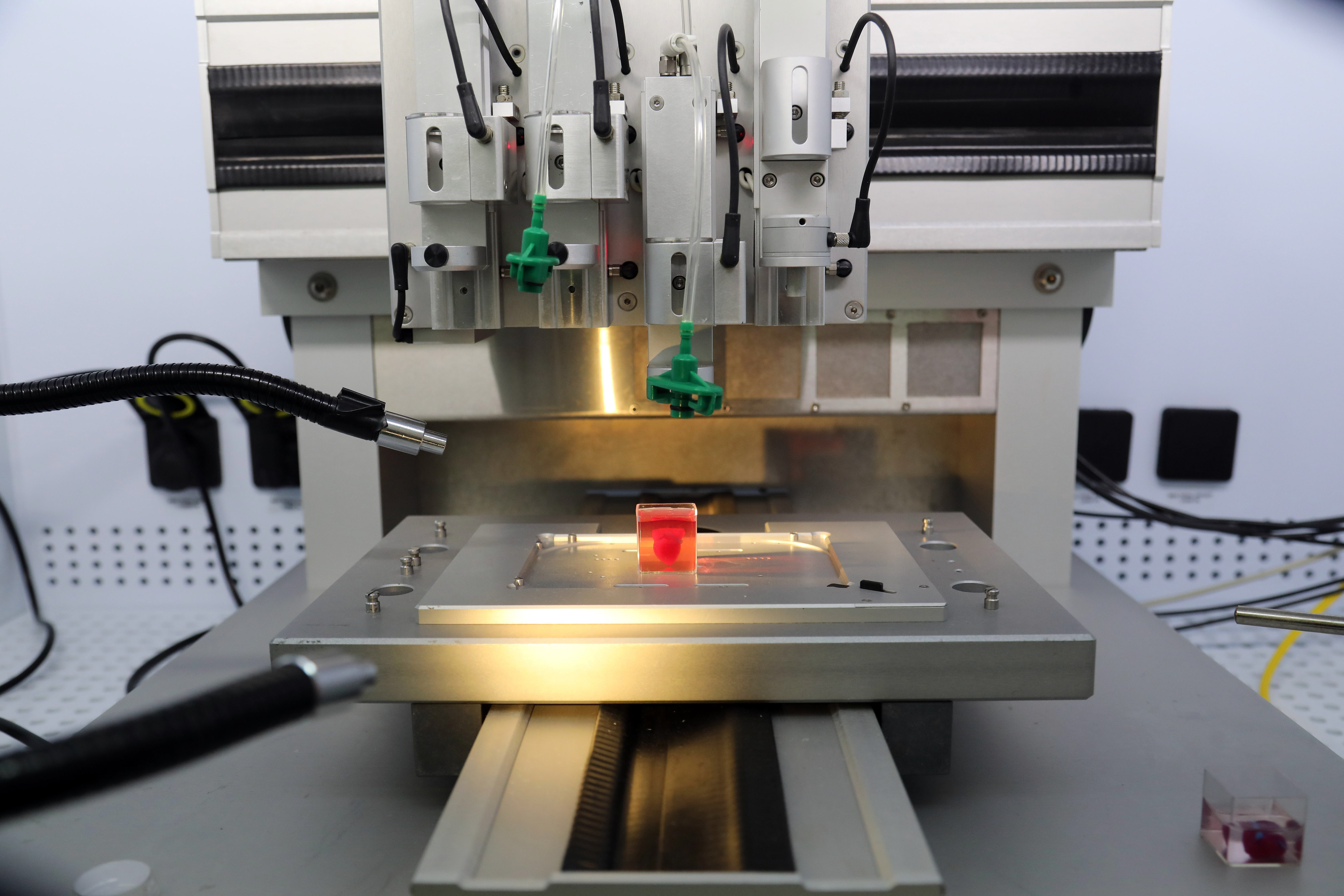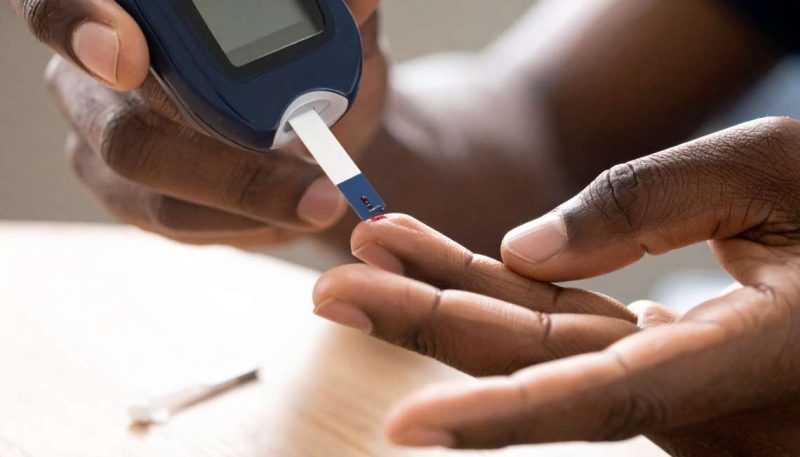In what could pave the way for softer alternatives to existing metal-based electrodes designed to monitor brain activity, researchers at Massachusetts Institute of Technology (MIT) have now developed a way to 3D print neural probes and other electronic devices that are as soft and flexible as rubber.

The devices are made from a type of polymer, or soft plastic, that is electrically conductive, according to a study published in the journal Nature Communications.
The team transformed this normally liquid-like conducting polymer solution into a substance more like viscous toothpaste — which they could then feed through a conventional 3D printer to make stable, electrically conductive patterns.
Led by Professor Xuanhe Zhao, the MIT team printed several soft electronic devices, including a small, rubbery electrode, which they implanted in the brain of a mouse.
As the mouse moved freely in a controlled environment, the neural probe was able to pick up on the activity from a single neuron.
Monitoring this activity can give scientists a higher-resolution picture of the brain’s activity, and can help in tailoring therapies and long-term brain implants for a variety of neurological disorders.
“We hope by demonstrating this proof of concept, people can use this technology to make different devices, quickly,” said Hyunwoo Yuk, a graduate student in Zhao’s group at MIT.
“They can change the design, run the printing code, and generate a new design in 30 minutes. Hopefully this will streamline the development of neural interfaces, fully made of soft materials.”
The brain is one of our most vulnerable organs, as soft as the softest tofu. Brain implants, on the other hand, are typically made from metal and other rigid materials that over time can cause inflammation and the buildup of scar tissue.
Soft, flexible electronics may also be useful in brain implants that stimulate neural regions to ease symptoms of epilepsy, Parkinson’s disease, and severe depression.









